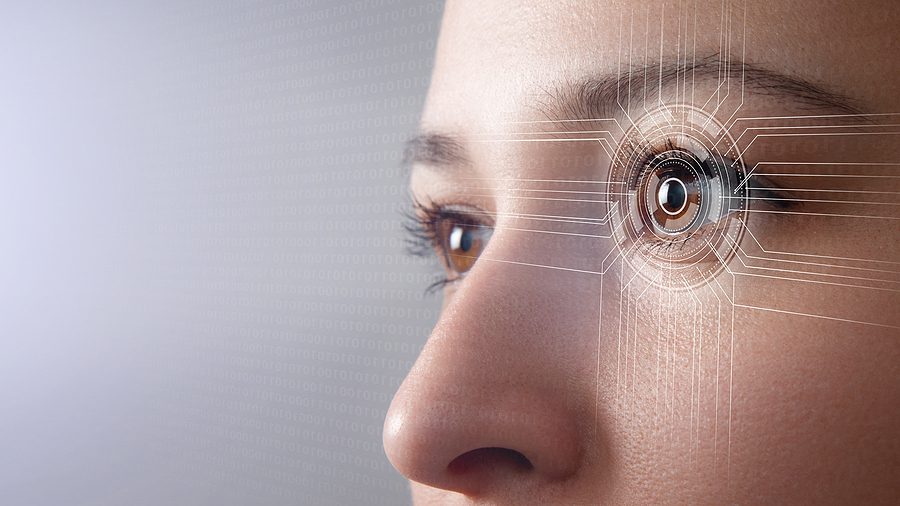The Benefits of Eye-Tracking UX Research
What is Eye-Tracking Research and How Can it Improve Website UX?
Building and developing your website involves a lot of elements. If you create an attractive website or update your existing content, the following steps will be to test how it works. UX testing is essential for ensuring that the changes you make effectively improve usability and increase conversions. So, how do you ensure that your website user experience is the best it can be?
There are many UX testing tools out there on the market. Many of these will give you valuable insights into how visitors use your website. However, with the rise of biometric UX testing, you can go even further. Advanced usability tools will show you what customers click on and use eye-tracking research to give insights into what actually draws their attention.

What is Eye-Tracking Research?
Eye-tracking UX research involves using technology to measure where people are looking and the movements of their eyes as they navigate your website. The eye-tracking technology will measure various factors, such as pupil dilation, point of gaze, and blinking.
Eye-tracking research and applications will identify what attracts visitors’ attention and what areas they ignore on the screen. Using this information can give you excellent insights into website design and how to create effective adverts.
Eye-Tracking for Marketing Purposes
Early eye-tracking research started by measuring the effectiveness of magazine advertisements in the 1980s. Tracking the eye movements of the readers allowed advertisers to see which parts of the page were being read and how much time was spent looking at particular adverts.
Marketers repurposed the technology in the 1990s to measure how people interacted with web pages, helping web designers create more engaging websites. As adverts began emerging as part of video games, the tools were able to show how much attention players gave to adverts. The information was then used to build the vast in-game advertising industry we know today.

How Does Eye-Tracking UX Research Work?
To conduct an eye-tracking test for your website, you can use biometric UX analysis services and tools. Specially designed technology will track eye movements and give you a detailed report on how users interact with your site. To make the most of the information, you will need to have a clear idea of what you want to test. You will need to design the test to answer the specific questions you have about your new website or site optimisation strategy, these can include:
- How much time does a user spend on the page?
- Can visitors find what they are looking for when following a specific task?
- Can users navigate around the site correctly?
- Does a new design element draw their attention?
Once you know what you are looking for, you can use the biometric UX research service to conduct the tests. You will receive a detailed analysis of your website usability and be able to implement the findings to improve the user experience on your website.
Benefits of Using Eye-Tracking in UX Testing
When it comes to website design and increasing conversions, you want to take the guesswork out of the process. Customer behaviour testing with eye-tracking and other biometrics gives you invaluable insights into how people will use your site.
The top benefits of eye-tracking research include:
- Testing before making changes
- Online testing
- Large testing groups for better data accuracy
- Quick turnaround
If you have spent the time to improve your website usability, it makes sense to ensure those changes will yield the best results before making the changes to your site. Going live without testing may result in customers not navigating the new design as you expect and, in turn, negatively impacting your website conversion rates.

Affordable Eye-Tracking Research
As one of the most advanced tools in user experience analysis, you will be forgiven for thinking this is an expensive endeavor. However, at Lnet Digital, we have created a suite of affordable UX testing services.
Our biometric user testing for CRO includes eye-tracking UX testing and facial expression recognition. We also work with the Department of Neuroscience, Psychology, and Behaviour from the University of Leicester to combine academic knowledge with our marketing expertise. Our new and innovative marketing approach will optimise your digital marketing by utilisng cognitive neuroscience and behaviour analysis. Armed with this in-depth knowledge, you can make your website user experience better than ever.
Lnet Digital is a digital marketing service with a range of skills in SEO, CRO, UX, and experience in design. We ensure that UX design is part of your digital marketing strategy to help ensure you are getting the most out of your website. Get in touch with our team today to improve the performance of your website.






